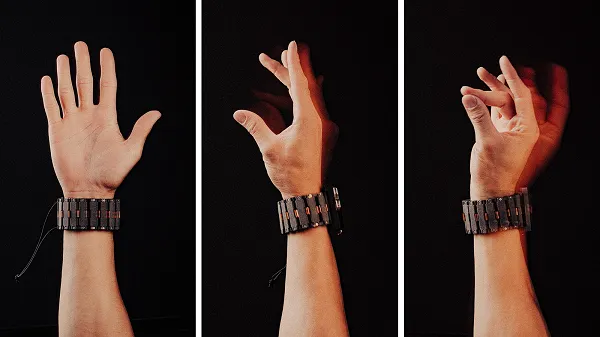TL;DR Summary of Meta’s Breakthrough in Wrist-Detected Control for AR and VR
Optimixed’s Overview: How Meta’s EMG Wrist Controller is Shaping the Future of Augmented Reality Interaction
Introduction to Next-Gen Digital Control
Meta has advanced the concept of digital interaction by developing a wrist-worn controller that uses surface electromyography (sEMG) to detect muscle signals and convert them into digital commands. This technology aims to replace cumbersome traditional input methods and overcome limitations of camera-based gesture systems and invasive brain-computer interfaces.
Key Features and Technological Highlights
- Muscle Signal Detection: Utilizes differential EMG sensors to read wrist muscle activity accurately.
- Machine Learning Integration: Advanced ML models decode muscle signals into gestures such as tapping, swiping, pinching, and handwriting recognition.
- High Accuracy: Achieves over 90% classification accuracy for gestures across users without individual calibration, marking it as a leading neuromotor interface.
- Natural User Experience: Enables interaction with AR content without looking at a device or using physical controllers, supporting intuitive, on-the-go use.
Implications for AR Glasses and Future Wearables
Meta plans to integrate this wrist-based EMG technology into its upcoming AR glasses, expected to launch commercially around 2027. This development aligns with CEO Mark Zuckerberg’s vision of smart glasses overtaking smartphones as the primary interactive surface. By embedding subtle, body-aligned controls, Meta’s innovation could revolutionize how people communicate, navigate digital environments, and engage with augmented reality content seamlessly.
